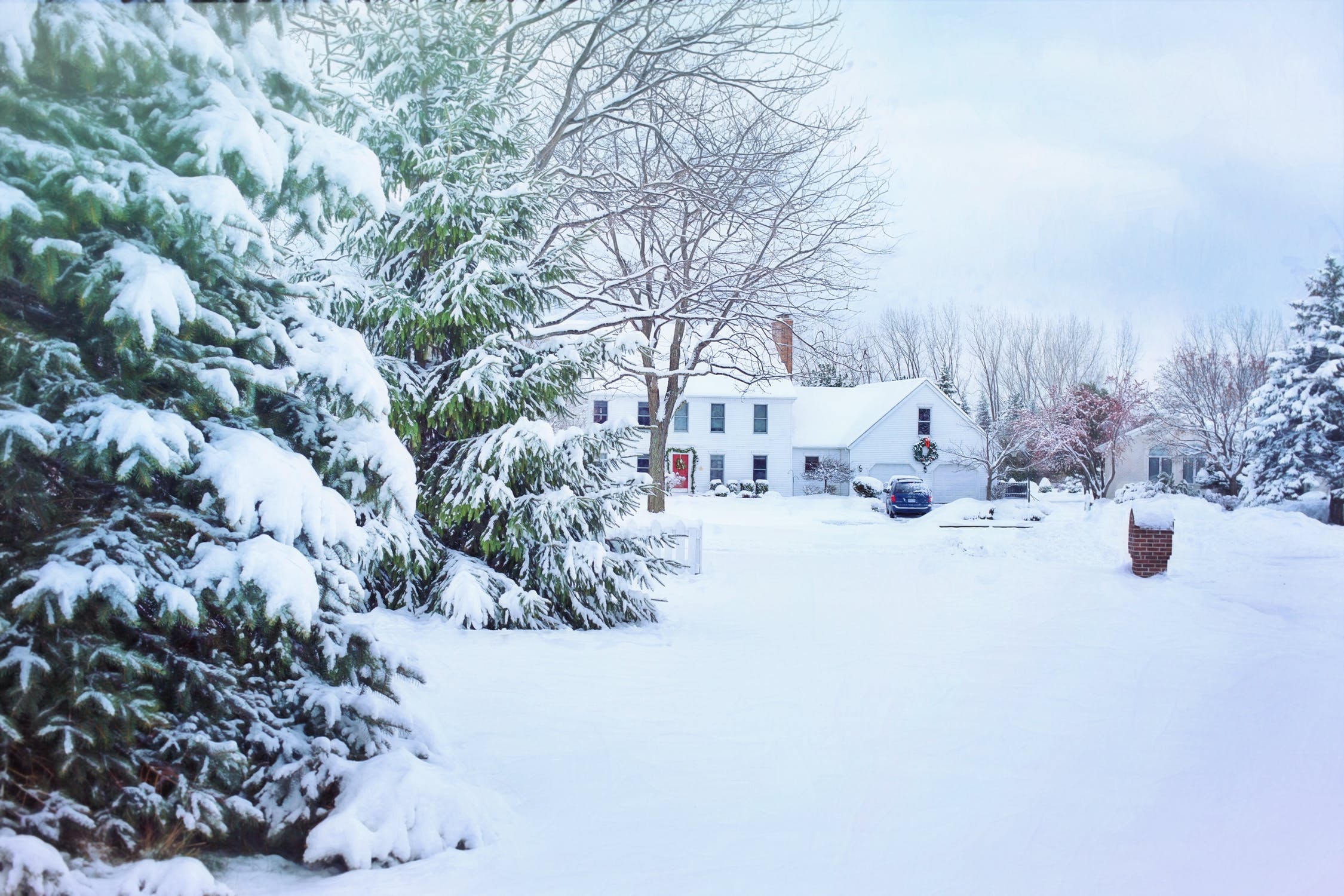One of the biggest downsides of winter is the high utility bills that come with heating your home and there’s only so much those cozy blankets and throws can do. Spending the season shivering isn’t really an option, but you might want to consider one of these less expensive, and often more environmentally-friendly, ways of heating your home this winter.
A Wood Stove
Old wood burning stoves tend to produce a lot of pollution and can reduce the air quality in your home, but today’s newer EPA-certified stoves are a lot more efficient and produce almost no smoke at all. They’re one of the most popular alternative heating sources today, with the cost savings of heating with wood often significant. A wood stove will cost you a few hours of chopping wood, or if you purchase several cords of wood, you’ll spend anywhere from $150 to $250 on average for a 4-feet by 4-feet by 8-feet stack. It can also be an attractive feature in a space, providing a cozy feel.
Propane
While electricity rates vary by specific power source and region, in most cases propane is consistently cheaper because it burns hotter and more efficiently which means you need less to heat your home. Plus most propane is manufactured domestically, which means prices won’t be affected by international events like they are with oil. Another advantage is that propane is stored at your home and not delivered by the grid, so you may be able to fill up when prices are lower. Research residential propane delivery in your area to find out more and compare costs.
Passive Solar Heating
Alternative green sources like passive solar heating can save you big. It takes advantage of the sun’s free heat, something that’s constant and renewable. It uses a home’s climate, the site and materials to minimize energy use. When it’s well designed, it does a great job in reducing heating loads, and then solar energy can take over to provide the rest. Use various non-intensive measures like shading south-facing windows by installing an overhang or planting deciduous trees that allow the sun to come in during the winter. An experienced solar designer will use a computer model to simulate the details of a passive solar home in various configurations until it fits the site, performance requirements, and the owner’s budget.
Geothermal Heating
Installing a geothermal heating system isn’t cheap, but if you can afford the investment it typically pays for itself within five to eight years. It can also add a significant amount to the resale value of your home. This method of heating has also been recognized by the EPA as the most cost-effective and most environmentally-safe heating method on the market today. Of course, if the price of installation is way above your budget, on average between $20,000 to $25,000 to install in a 2,500-square-foot house, the other methods are all good ways to heat your home without paying an arm and a leg.

